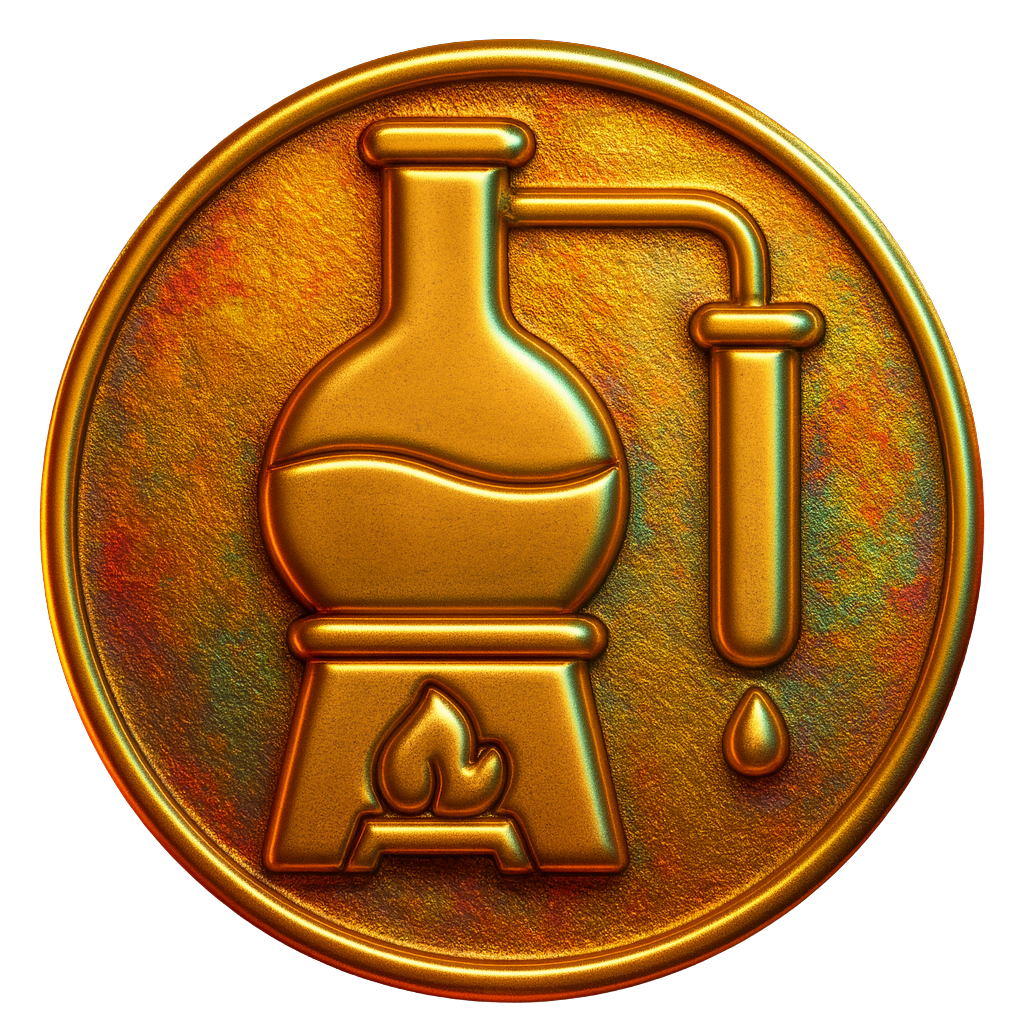Welcome to the Resource Center
Find all the information you need at a moment's notice.
Don't forget to scroll down into the Purification Corner and continue expanding your knowledge!
Use Principles
Qaulity Assurance and Regulatory Documentation
Purification Corner
In the Purification Corner you'll find a wide range of information related to the purification and subsequent isolation of various compounds as they pertain to the Cannabis and Hemp industry.

Filtration
What types of filtration are available?
What is pre-filtration and why do I need it?
Why should I use adsorbents(CRC)?
What adsorbents should I be using?
What is post-filtration and why do I need it?

Crystallization
How does crystallization function?
What is the difference between evaporative and cooling crystallization?
How can I leverage both techniques to form diamonds faster or with higher clarity?

Distillation
How does distillation work?
When is distillation the right choice?
What is winterization?
FAQ
Frequently Asked Questions
Contenu réductible
Why should You rely on GCF?
GCF Filtration's proven results show our products outperform competitors in 3 key metrics:
- Remediation Capacity
- Affordability
- Flow
That means spending less money to do more work in less time so you can Run More, and Save More.
Will CRC reduce yields?
Using Color Remediation Columns(CRC) does reduce yields, because it removes impurities from your crude extracts that have weight. So, while you can anticipate losing 5-20% of your original yields those losses will result in a nearly equal increase to potency and purity in your final products.
Should I bake GCF products?
Baking adsorbents can alter their free moisture content, which can increase adsorption capacity, but reduces selectivity and has the potential to reduce flow as a result of swelling. That means more compounds can be removed, but the removed compounds may not be impurities.
GCF Filtration's filter media solutions are chosen for both their adsorptive capacity and their already broad range of targeted impurities to be gentle on extracts and preserve more of their unique flavor and aroma profiles. As such, baking our products can lead to undesirable outcomes and is not recommended.
Can I combine different adsorbents?
Yes! Combining different adsorbents is at the heart of our use principles.
Other adsorbents that are regularly combined with clay adsorbents to target heavier loads of certain impurities include:
- Silica(polar compounds)
- Carbon(undesirable aromas or flavors)
- Alumina(water and polar compounds)
- Zeolites(dependent on manufacture)
Unfortunately, some of those adsorbents can lack selectivity resulting in dulled aroma and flavor profiles, in excessive use case can reduce yields of target compounds, and can be too expensive to justify.
That's only the tip of the iceberg, though.
Clay is abundant and does not have to be synthesized which makes it an extremely affordable option, but some clay adsorbents fail to target the correct impurities, or don't possess adequate adsorptive capacity. That's because no two clay deposits are created equal, and their unique composition of minerals, and percentages of various clay groups to include, kaolinites, smectites, illites, chlorites, vermiculites, sepiolites, and palygorskites, directly impact their performance in different applications.
What this means though, is with careful selection clay filter media can be used to target impurities you would otherwise need more expensive, more difficult to work with adsorbents for.
GoodFast is our blended solution for targeting the widest range of impurities while being as gentle as possible on target compounds. Combining GoodFast with CheapFast increases the range of targeted impurities further, while keeping overall costs low.

